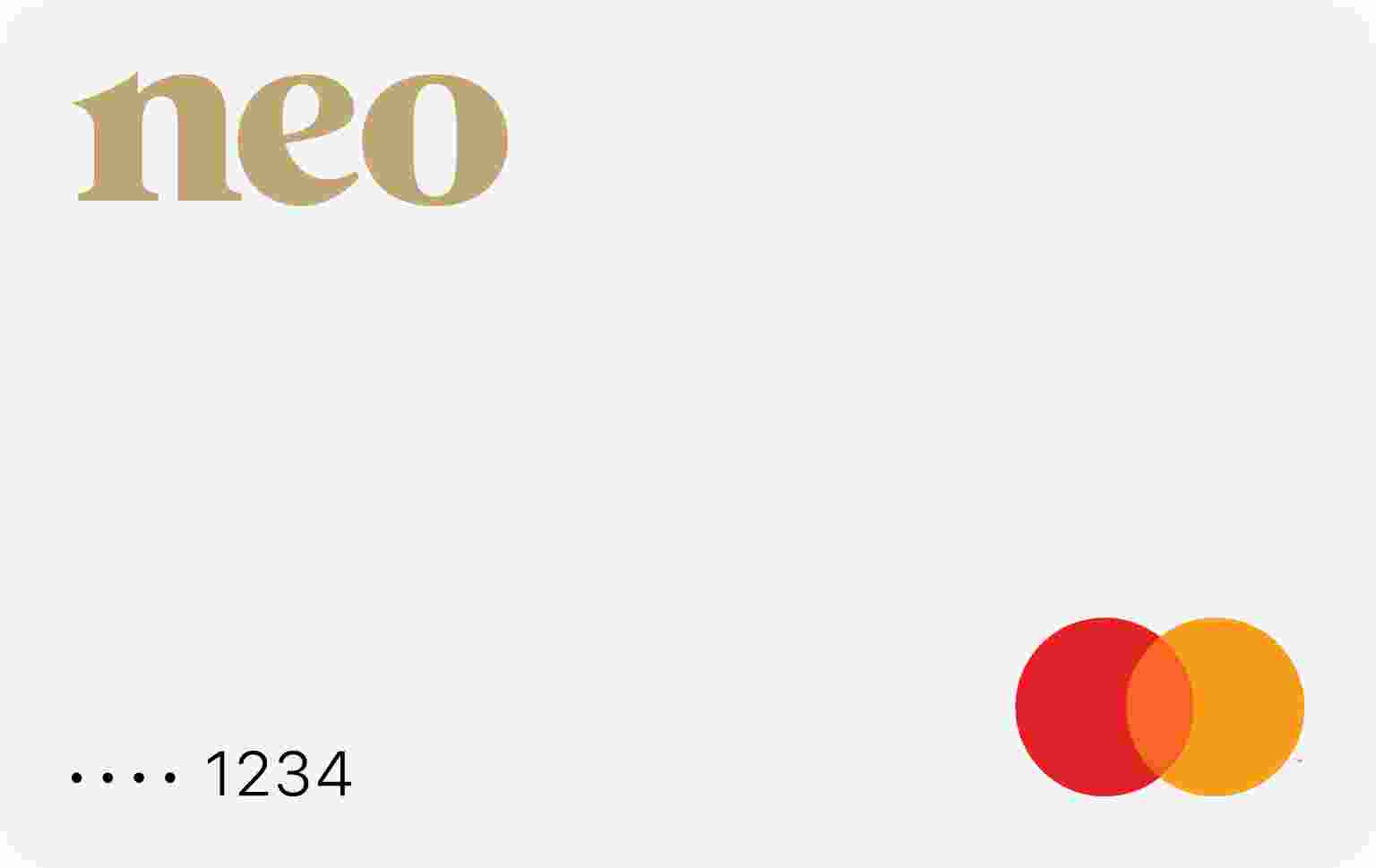
Line of credit vs credit card
If you’re trying to decide between a line of credit and a credit card, it’s important to understand the difference between the two. A line of credit is essentially a loan that you can draw from as needed, up to your credit limit. A credit card, on the other hand, is a revolving line of credit that you can use up and pay down monthly. Both have their advantages and disadvantages, so it’s important to consider your needs before making a decision.
A line of credit typically features a variable interest rate, meaning the rate can either go up or down depending on market conditions. It also requires you to make regular repayments that may include an initial lump sum repayment shortly after receiving funds. Credit cards feature a fixed interest rate and generally require you to pay your balance in full each month.
When choosing between these two types of credit, it’s important to consider how much money you need and how quickly you need it. A line of credit is better suited for larger sums of money that are needed immediately, such as for major home repairs or medical expenses. Credit cards are better suited for smaller purchases that will take some time to pay off, such as travel expenses or grocery shopping.
A line of credit is a loan that can be used for various purposes, while a credit card is primarily used for making purchases
A line of credit and a credit card are two tools that can be used for borrowing money. A line of credit is effectively a loan, but with the additional benefit of being able to access more when needed. It can be used for anything from home renovations, to paying medical bills or consolidating debt. In contrast, a credit card is mainly suited to making purchases as its primary purpose. Repayment terms and interest depend largely on how you manage it, so it’s important to budget responsibly if you plan on entering into any kind of borrowing agreement. That way you can ensure your payments are manageable and make sure that using either type of borrowing option helps rather than hinders your financial goals.
A line of credit usually has a lower interest rate than a credit card, making it more economical to use
A line of credit can offer financial flexibility as well as money-saving benefits. Compared to a regular credit card, it typically has a much lower interest rate, making it more economical and cost-effective to use. By taking out a line of credit, rather than relying on multiple credit cards, you stand to save potentially hundreds or even thousands of dollars over time. This is because a line of credit allows you to borrow only what you need and only pay interest fees on the amount you borrow, whereas with a credit card there is usually no limit to what you can spend and charge interest on the entire balance regardless of how much or how little was actually used. Therefore if you are in need of additional funds but want to maintain reasonable financial responsibility, opening up a line of credit could be the perfect solution for your short-term budgeting needs.
You can typically borrow more money with a line of credit than you can with a credit card
A line of credit can be a great way to receive the funding that you need for large expenses. Unlike a credit card, a line of credit will typically let you borrow more money. It is an unsecured loan, meaning there is no collateral needed and usually requires much less paperwork for approval. Not only does it provide access to cash when needed, but in many cases it also offers lower interest rates than those associated with credit cards. This can be especially helpful if you plan on carrying a balance month-to-month. With all its benefits, it’s no surprise that more and more people are using lines of credit in order to get access to higher amounts of money.
With a line of credit, you may be able to negotiate terms such as repayment periods and interest rates
Having a line of credit can be an immensely useful financial tool, allowing individuals to draw on an approved sum without having to secure collateral or wait through the application process. Perhaps best of all is that you can normally negotiate terms such as repayment periods and interest rates with banks and financial institutions. Of course, it’s important to do your research before making any agreement; different banks or lenders may offer much better terms than others. An informed decision could make all the difference in whether your loan costs few or many more dollars than originally anticipated. Taking these steps to properly understand what you’re agreeing to ensures your finances remain in good shape when utilizing a line of credit.
Credit cards are generally easier to obtain than lines of credit, but lines of credit may offer more flexible repayment options
Credit cards and lines of credit are two distinct types of financing that are frequently used to pay for purchases over time. While credit cards may be easier to obtain than lines of credit, they do not always offer flexible repayment terms. On the other hand, lines of credit can often provide a borrower with a degree of flexibility that is not always available with individual, one-time loan or purchase agreements. Furthermore, line of credits generally allow borrowers to draw funds multiple times and may have lower interest rates than many credit card offers. For these reasons, even though it may take more effort to obtain a line of credit versus a simple credit card application submission, borrowers should seriously consider weighing their options before making any financial decisions.
A line of credit and a credit card both offer the opportunity to borrow money, but there are some key differences between the two. A line of credit usually has a lower interest rate than a credit card, making it more economical to use. You can typically borrow more money with a line of credit than you can with a credit card. And with a line of credit, you may be able to negotiate terms such as repayment periods and interest rates. Credit cards are generally easier to obtain than lines of credit, but lines of credit may offer more flexible repayment options.
If you are looking for a way to finance large purchases or bridge the gap between expenses, opening up a line of credit could be the perfect solution. By understanding the differences and benefits of both credit cards and lines of credit, you can make an informed decision that best suits your financial needs.
Author Bio
Mohamed Konate, MBA Mohamed Konate is a licensed Mortgage Agent (FSRA #10530, Mortgage Alliance) and Life & Health Insurance Broker (Elite Harvest Financial) based in Whitby, Ontario, serving families and businesses across the Durham Region and throughout Ontario. With over 15 years of experience in the Canadian financial industry — including senior roles at major banks — Mohamed combines deep expertise in mortgages, life insurance, and financial strategy to help clients buy homes, renew or refinance their mortgages, and protect their families with tailored insurance solutions. He is also the founder of MyRateCompass.ca, a trusted Canadian personal finance website offering unbiased insights and practical tools to empower consumers. Mohamed holds both a Bachelor’s and MBA in Business Administration from Quebec universities, and is passionate about making complex financial decisions simple and accessible. 👉 Learn more about working with Mohamed – Mortgage Broker in Ontario 👉 Connect at EliteHarvestFinancial.ca
You may also like..



Subscribe to Our Newsletter
ou can unsubscribe at any given time.
You can unsubscribe at any time.


